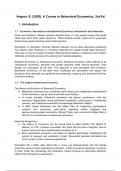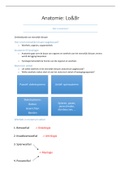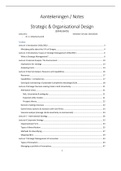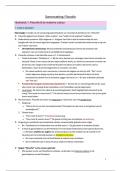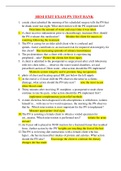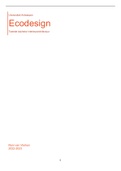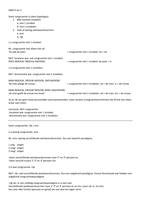Samenvatting
Summary A Course in Behavioral Economics - Chapters 1 & 2 - Week 1 - ECB3BE (ECB3BE)
- Vak
- Instelling
- Boek
Summary in 6 pages of the first two chapters of Angner, E. (2020). A Course in Behavioral Economics, 3rd Ed. From the course Behavioural Economics in the minor from EBE: social sciences.
[Meer zien]
